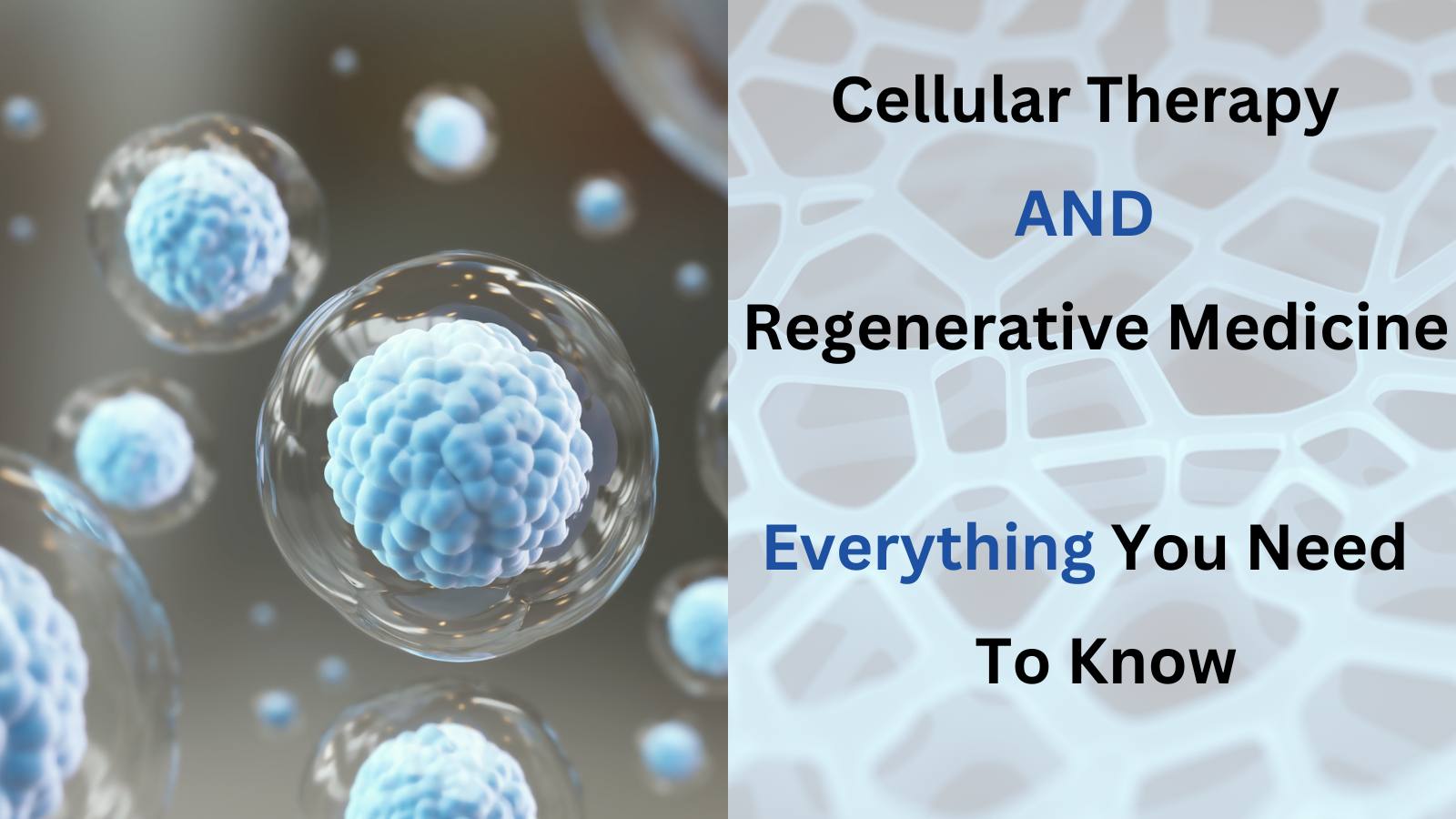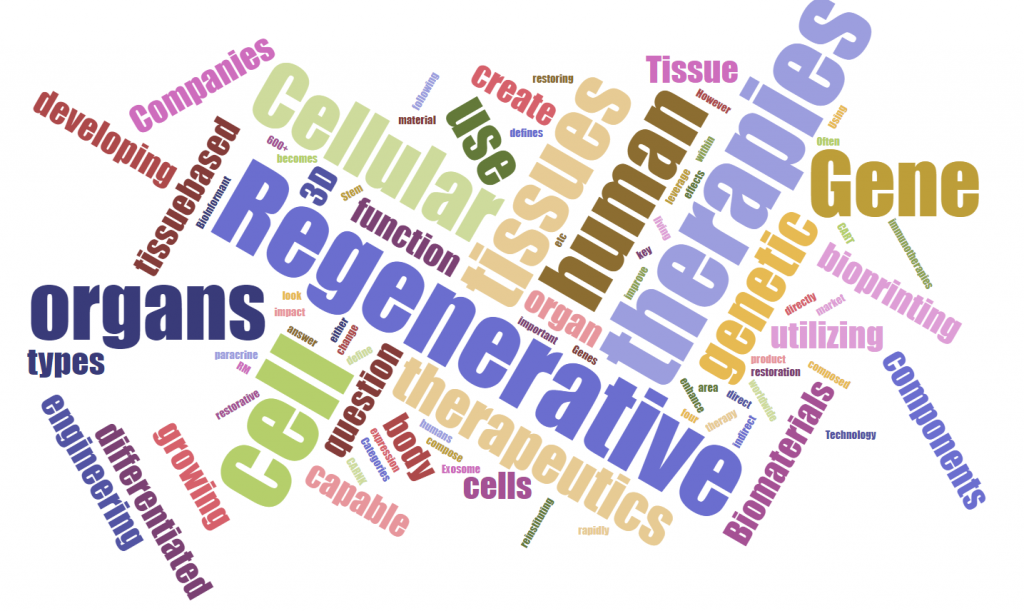
[/image][=video]
[/video]
There are numerous kinds of stem cells. As a whole, the term stem cell describes a category of cells that generate various other cells (like skin, blood, heart, and muscular tissue cells) by reproducing and setting apart in response to chemical hints. Totipotent stem cells appear at the earliest stage of growth and are the only stem cells which can produce embryonic stem cells and the placenta.
Bone marrow transplant (BMT) is a special therapy for individuals with specific cancers or various other conditions. A bone marrow transplant includes taking cells that are normally found in the bone marrow (stem cells), filtering system those cells, and providing back either to the donor (individual) or to an additional individual. The goal of BMT is to transfuse healthy and balanced bone marrow cells right into an individual after his or her own undesirable bone marrow has actually been treated to eliminate the unusual cells.
The blood cells that make various other blood cells are called stem cells. The most primitive of the stem cells is called the pluripotent stem cell.
It is the stem cells that are needed in bone marrow transplant. The goal of a bone marrow transplant is to heal many illness and kinds of cancer cells. When the dosages of chemotherapy or radiation needed to treat a cancer are so high that a person's bone marrow stem cells will certainly be completely harmed or ruined by the treatment, a bone marrow transplant might be needed.
Medical Group
This procedure is frequently called rescue. Change bone marrow with genetically healthy operating bone marrow to avoid even more damage from a genetic illness process (such as Hurler's syndrome and adrenoleukodystrophy). The risks and benefits must be evaluated in a detailed conversation with your doctor and specialists in bone marrow transplants before the treatment.
There are various sorts of bone marrow transplants relying on who the donor is. The different sorts of BMT include the following: The benefactor is the patient himself or herself. Stem cells are extracted from the patient either by bone marrow harvest or apheresis (a procedure of gathering peripheral blood stem cells), icy, and afterwards repaid to the individual after intensive therapy.
The contributor shares the same hereditary kind as the person. Stem cells are taken either by bone marrow harvest or apheresis from a genetically matched benefactor, generally a bro or sister. Various other donors for allogeneic bone marrow transplants might consist of the following: A haploid-identical match is when the donor is a parent and the hereditary match goes to the very least half the same to the recipient.

Matching involves typing human leukocyte antigen (HLA) tissue. The antigens on the surface of these unique white blood cells figure out the genetic makeup of a person's body immune system. There go to least 100 HLA antigens; nonetheless, it is thought that there are a couple of major antigens that determine whether a benefactor and recipient match.
Medical study is still exploring the role all antigens play in the procedure of a bone marrow transplant. The more antigens that match, the much better the engraftment of given away marrow. Engraftment of the stem cells occurs when the donated cells make their method to the marrow and start making new members cells.
Stem Cell Therapy
All individuals work with each other to provide the best possibility for an effective transplant. The group is composed of the following: Healthcare service providers who specialize in oncology, hematology, immunology, and bone marrow transplantation.
Specialists that will certainly assist you fulfill your dietary requirements prior to and after the transplant. They will work closely with you and your household. Experts who will certainly assist you end up being solid and independent with movement and endurance after the hair transplant. Chaplains that provide spiritual treatment and assistance. A number of various other employee will assess you before hair transplant and will certainly offer follow-up care as needed.

A full clinical history and physical examination are performed, including numerous examinations to examine the patient's blood and organ features (for example, heart, kidney, liver, and lungs). An individual will frequently enter the transplant facility as much as 10 days prior to transplant for hydration, evaluation, placement of the central venous line, and other preparations.
Blood products and medicines will certainly be provided via the catheter throughout treatment. For an allogeneic transplant, a suitable (tissue keyed in and matched) benefactor has to be offered. Discovering a matching contributor can be a challenging and lengthy procedure, specifically if a sibling match is not offered. Voluntary marrow benefactors are registered in numerous nationwide and global registries.
Donor resources readily available include: self, brother or sister, moms and dad or family member, nonrelated person, or umbilical cable from a relevant or nonrelated person. There are national and global pc registries for nonrelated people and cord blood.
Menopause Treatment
Tests associated to his/her wellness, exposure to viruses, and hereditary evaluation will be done to figure out the degree of the suit. The contributor will certainly be provided guidelines on how a bone marrow donation will certainly be made. As soon as a suit for an individual needing a bone marrow transplant is discovered, then stem cells will be collected either by a bone marrow harvest.
Or by an outer blood stem cell collection. This is where stem cells are accumulated from the flowing cells in the blood. Of the 2, peripheral blood stem cell donations are currently much more typical. Cable blood has currently been accumulated at the time of a birth and saved for later use.
Navigation
Latest Posts
Medical Group around Madison Heights
Perimenopause Treatment
Medical Group local to Madison Heights